The Thylacine
The thylacine, often known as the Tasmanian tiger or Tasmanian wolf, is a creature that has captured the imagination of many. With its distinctive striped back and dog-like appearance, this unique marsupial once roamed freely across Tasmania, mainland Australia, and New Guinea. Today, it stands as a poignant reminder of the fragility of our planet’s biodiversity.
A Brief History
The thylacine’s journey to extinction is a tragic tale of human impact on wildlife. Before European settlers arrived, the thylacine had already vanished from mainland Australia, likely due to competition with dingoes and changing environmental conditions. In Tasmania, however, the thylacine thrived until the 19th century. European settlers, viewing the thylacine as a threat to their livestock, initiated widespread hunting and bounty programs that decimated the population. By the early 20th century, the thylacine was on the brink of extinction, with the last known individual dying in captivity in 1936.
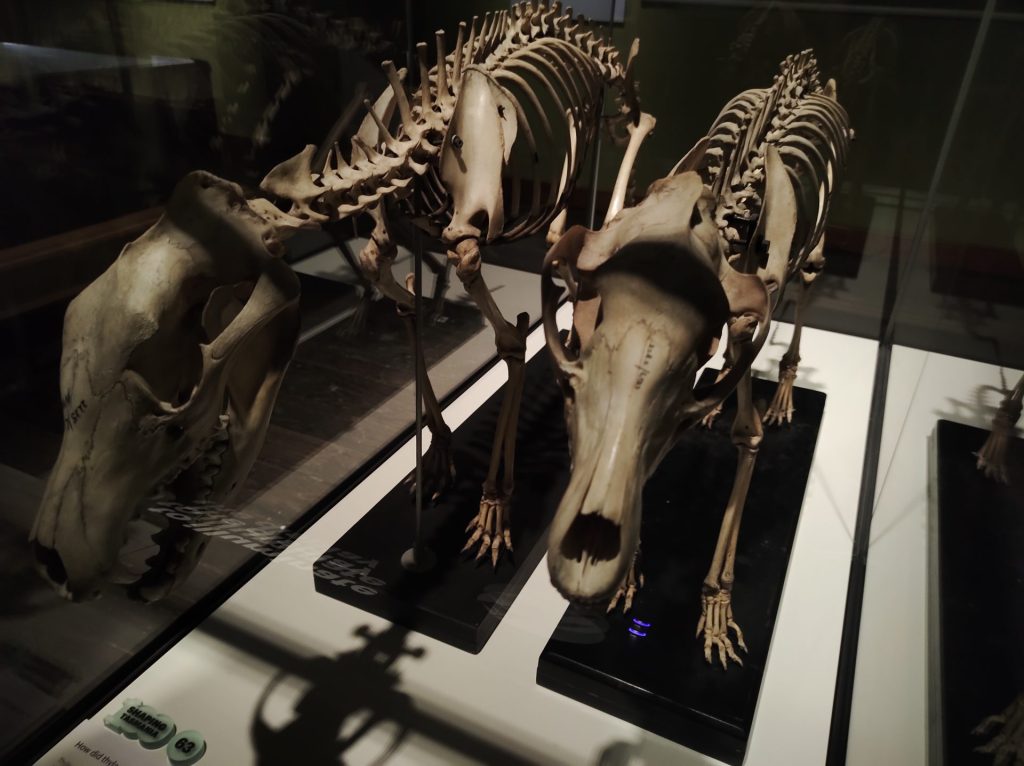
Characteristics and Behavior
The thylacine was a remarkable creature. Despite its wolf-like appearance, it was more closely related to kangaroos and koalas, being a marsupial. It had a stiff tail, could open its jaws to an impressive extent, and both males and females had pouches – the females for rearing young and the males for protecting their reproductive organs. The thylacine was primarily a solitary hunter, preying on small to medium-sized animals, and was known for its ambush hunting style.
Benny The Thylacine – A Symbol Of Extinction
Benny, often referred to as Benjamin, holds a unique and somber place in history as the last known thylacine. Captured in the wild in 1933, Benny spent his final years at the Beaumaris Zoo in Hobart, Tasmania. His presence there marked the end of an era for this remarkable species. Benny’s life at the Hobart Zoo was both a spectacle and a tragedy. Visitors would come to see the last of the Tasmanian tigers, a creature that had already become a rarity. Despite the attention, Benny’s existence was marked by confinement and the harsh realities of captivity. In 1936, Benny died, reportedly due to exposure after being locked out of his shelter on a cold night. His death signaled the official extinction of the thylacine.
The Thylacine in Museums
Today, the thylacine’s legacy lives on in museums around the world. In Tasmania, the Tasmanian Museum and Art Gallery (TMAG) houses one of the most comprehensive collections of thylacine specimens. Visitors can see preserved thylacine pelts, skeletons, and even taxidermy mounts, offering a tangible connection to this lost species. These exhibits serve as a powerful educational tool, highlighting the importance of conservation and the impact of human activities on wildlife.
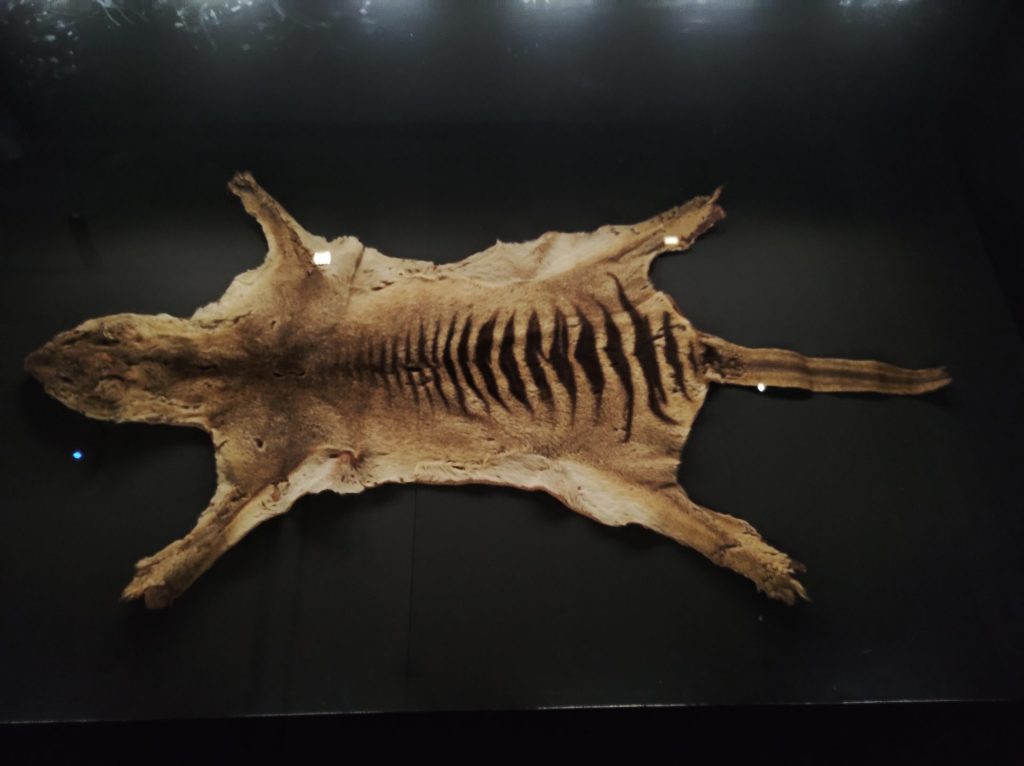
Where is Benny’s Skin Now?
For many years, the whereabouts of Benny’s remains were a mystery. However, recent research has revealed that Benny’s skin and skeleton are part of the collection at the Tasmanian Museum and Art Gallery in Hobart. Initially misidentified and lost within the museum’s extensive archives, Benny’s remains were rediscovered and are now properly cataloged and displayed. This discovery has provided a tangible link to the past and serves as a poignant reminder of the thylacine’s tragic fate.
Is the Thylacine Still Alive or a Mythical Creature?
The thylacine, officially declared extinct in 1936, continues to captivate imaginations and spark debates about its possible survival. Since the last known thylacine died in captivity, there have been hundreds of reported sightings across Tasmania and mainland Australia. These reports often come from remote and densely forested areas, where the elusive nature of the thylacine could theoretically allow it to remain undetected. However, despite extensive searches and investigations, none of these sightings have been scientifically confirmed. The lack of concrete evidence, such as clear photographs, DNA samples, or verified tracks, means that the thylacine’s continued existence remains unproven.
The thylacine has taken on a near-mythical status in popular culture. It is often featured in stories, documentaries, and even cryptozoological studies, which explore the existence of creatures thought to be extinct or unknown to science. This mythical status is fueled by the mystery surrounding its extinction and the hope that it might still be out there, hidden from human eyes.
From a scientific standpoint, the thylacine is considered extinct. Extensive surveys and research efforts have failed to produce any verifiable evidence of its survival. The scientific community generally agrees that the thylacine’s extinction was due to a combination of factors, including hunting, habitat destruction, and disease. While the idea of a surviving population is intriguing, it remains highly unlikely without substantial evidence.
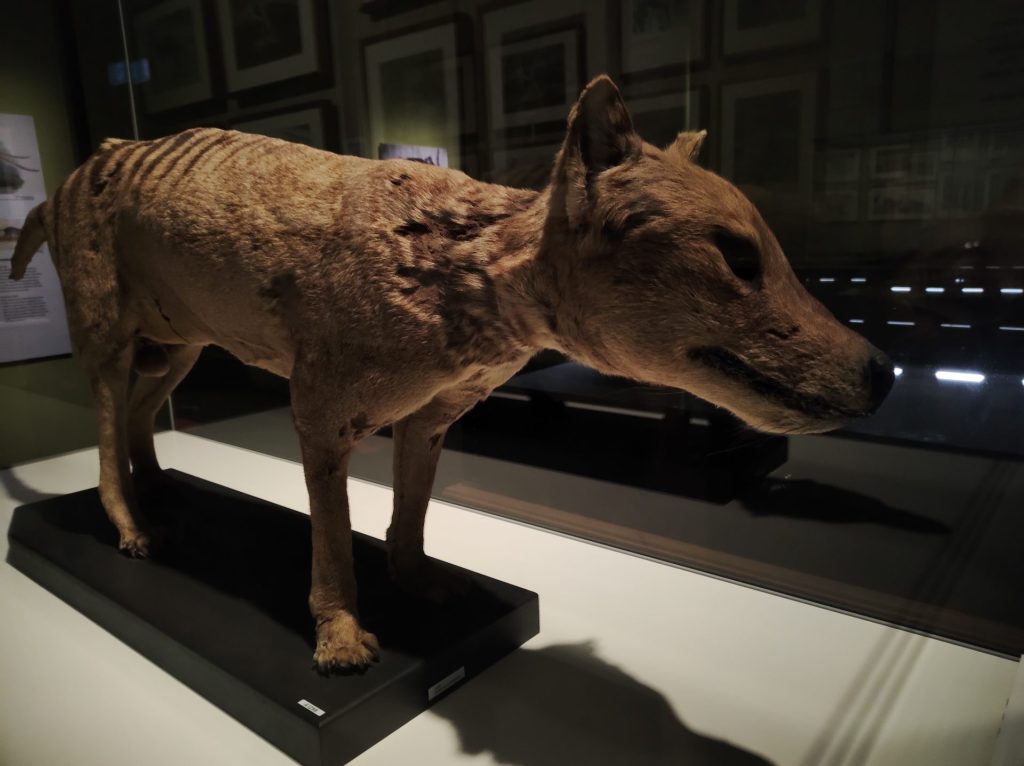
Why is Australia So Good at Making Animals Go Extinct?
Australia has a troubling history when it comes to species extinction. The continent’s unique biodiversity has suffered greatly since European settlement, with numerous species of mammals, birds, and reptiles disappearing. Understanding why this has happened and why we haven’t yet learned from these mistakes is crucial for future conservation efforts.
Several factors have contributed to the high rate of extinction in Australia
Habitat Destruction – The clearing of land for agriculture, urban development, and mining has led to the loss of critical habitats for many species. This destruction disrupts ecosystems and leaves animals without the resources they need to survive.
Invasive Species – The introduction of non-native species, such as rabbits, foxes, and cats, has had devastating effects on native wildlife. These invasive species often outcompete, prey on, or spread diseases to native species, leading to significant declines in populations.
Climate Change – Australia’s climate is highly variable, and climate change has exacerbated extreme weather events like droughts, bushfires, and floods. These events can decimate populations and destroy habitats, making it difficult for species to recover.
Overexploitation – Hunting, fishing, and other forms of exploitation have historically contributed to the decline of many species. While regulations have improved, illegal activities and unsustainable practices still pose threats.
Lack of Awareness and Action – Despite growing awareness of environmental issues, there has often been a lack of timely and effective action to protect endangered species. Political, economic, and social factors can delay or undermine conservation efforts.
Why Haven’t We Learned?
Despite the clear evidence of the impact of human activities on wildlife, there are several reasons why Australia has struggled to learn from past mistakes.
Economic Priorities – Economic development often takes precedence over environmental conservation. Industries such as agriculture, mining, and urban development are powerful and influential, sometimes leading to policies that favor short-term economic gains over long-term sustainability.
Political Challenges – Environmental policies can be contentious and politically challenging to implement. Changes in government and political priorities can lead to inconsistent and ineffective conservation strategies.
Public Awareness and Engagement – While awareness of environmental issues has increased, there is still a need for greater public engagement and support for conservation efforts. Education and advocacy are crucial for building a culture of conservation.
Complexity of Ecosystems – Ecosystems are complex and interconnected, making it difficult to predict the outcomes of conservation actions. This complexity can lead to unintended consequences and challenges in implementing effective strategies.
Resource Limitations – Conservation efforts require significant resources, including funding, personnel, and technology. Limited resources can hinder the ability to carry out comprehensive and sustained conservation programs.
Reflecting on Extinction
The extinction of the thylacine, epitomized by Benny’s story, forces us to reflect on our role in the natural world. It underscores the ethical responsibility we have to protect other species from a similar fate. Benny’s life and death are not just historical footnotes; they are a call to action to prevent further losses and to cherish the diversity of life on Earth.
Conclusion
The thylacine’s story is a powerful reminder of the impact humans can have on the natural world. It also highlights the importance of conservation efforts to protect the species that still exist today. While the thylacine may never roam Tasmania again, its legacy continues to inspire and caution us about the fragility of our planet’s biodiversity.
The Thylacine Tasmania’s Lost Legend – Photos By Mike Fernandes

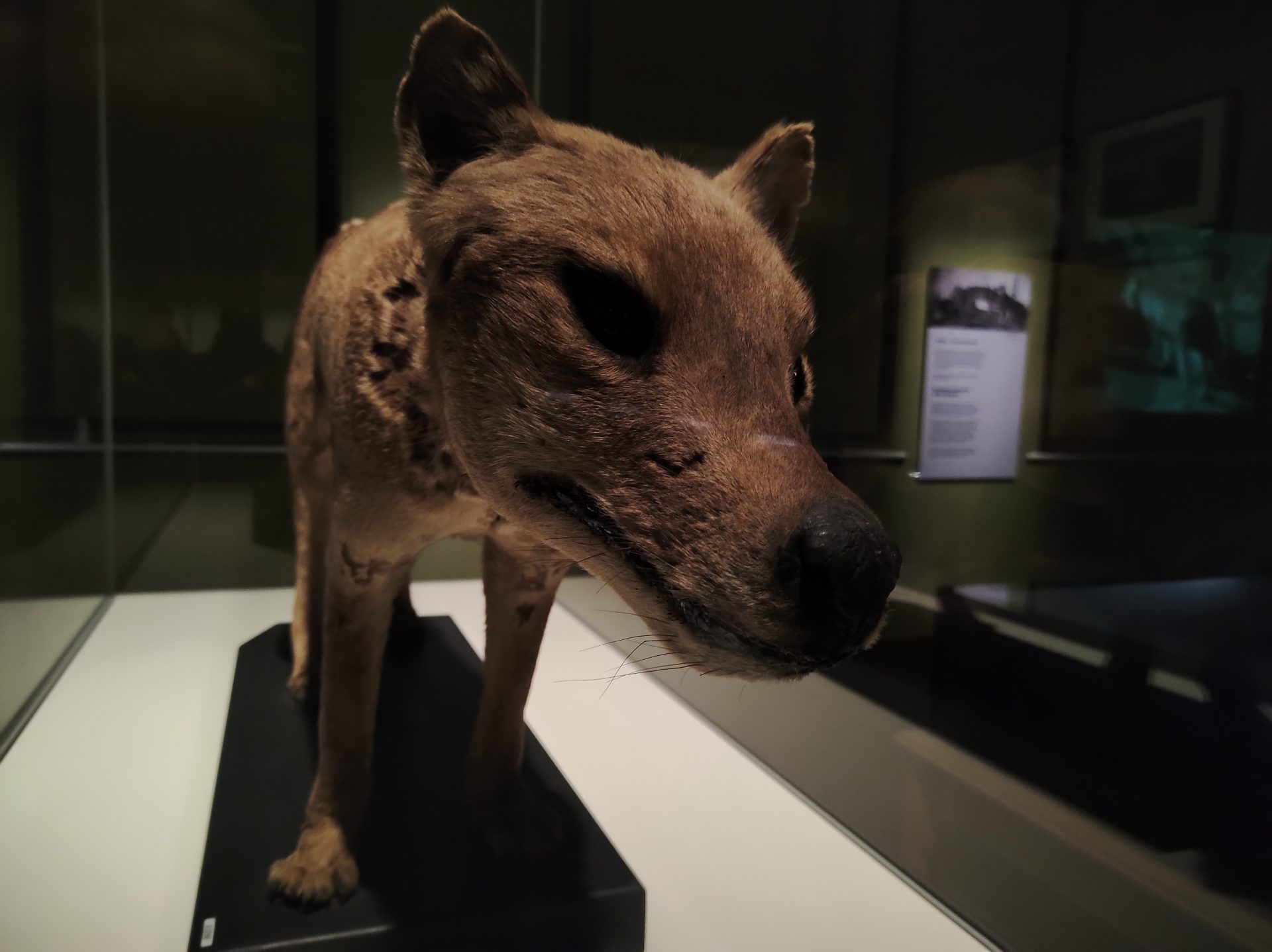

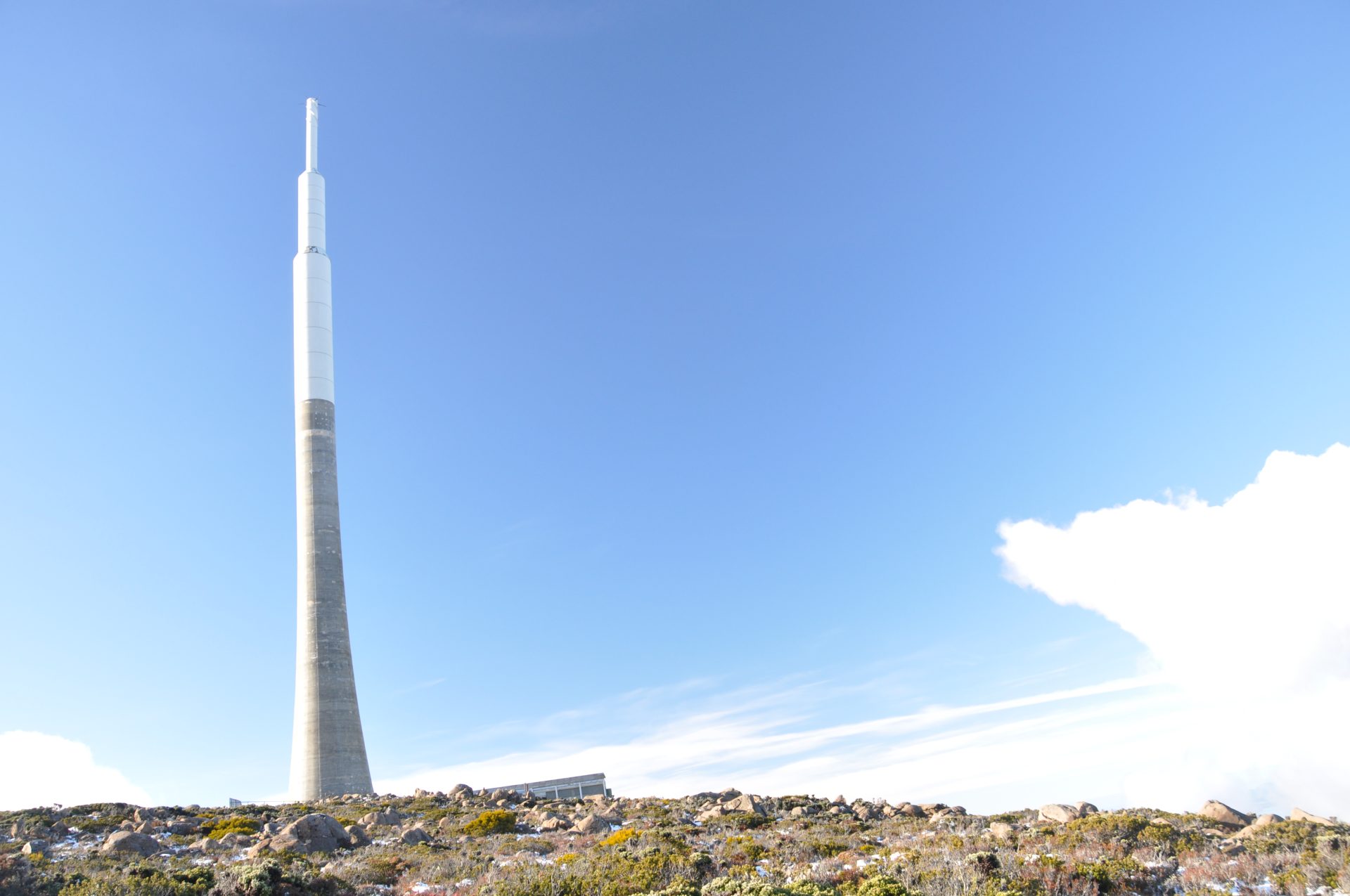

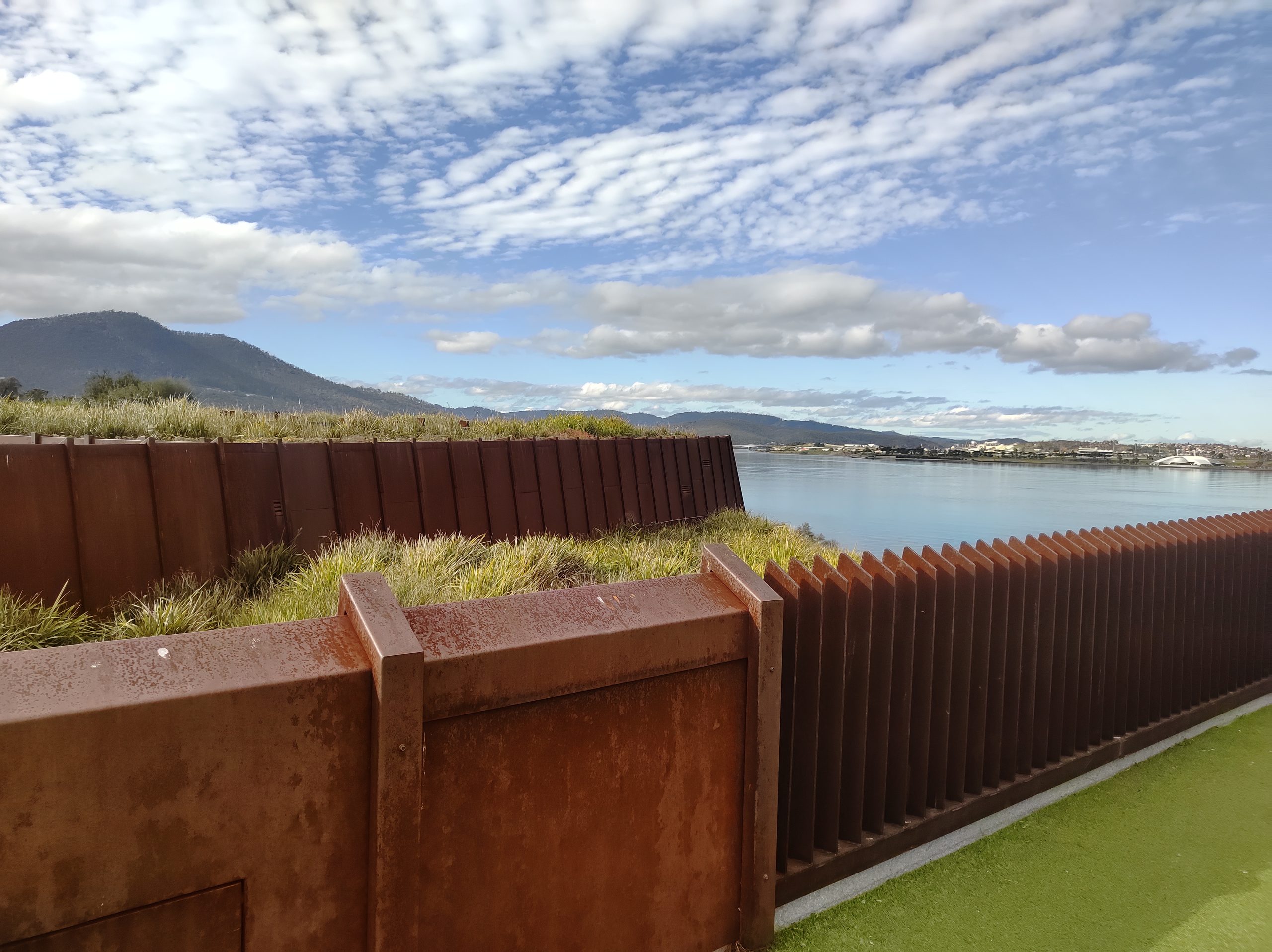



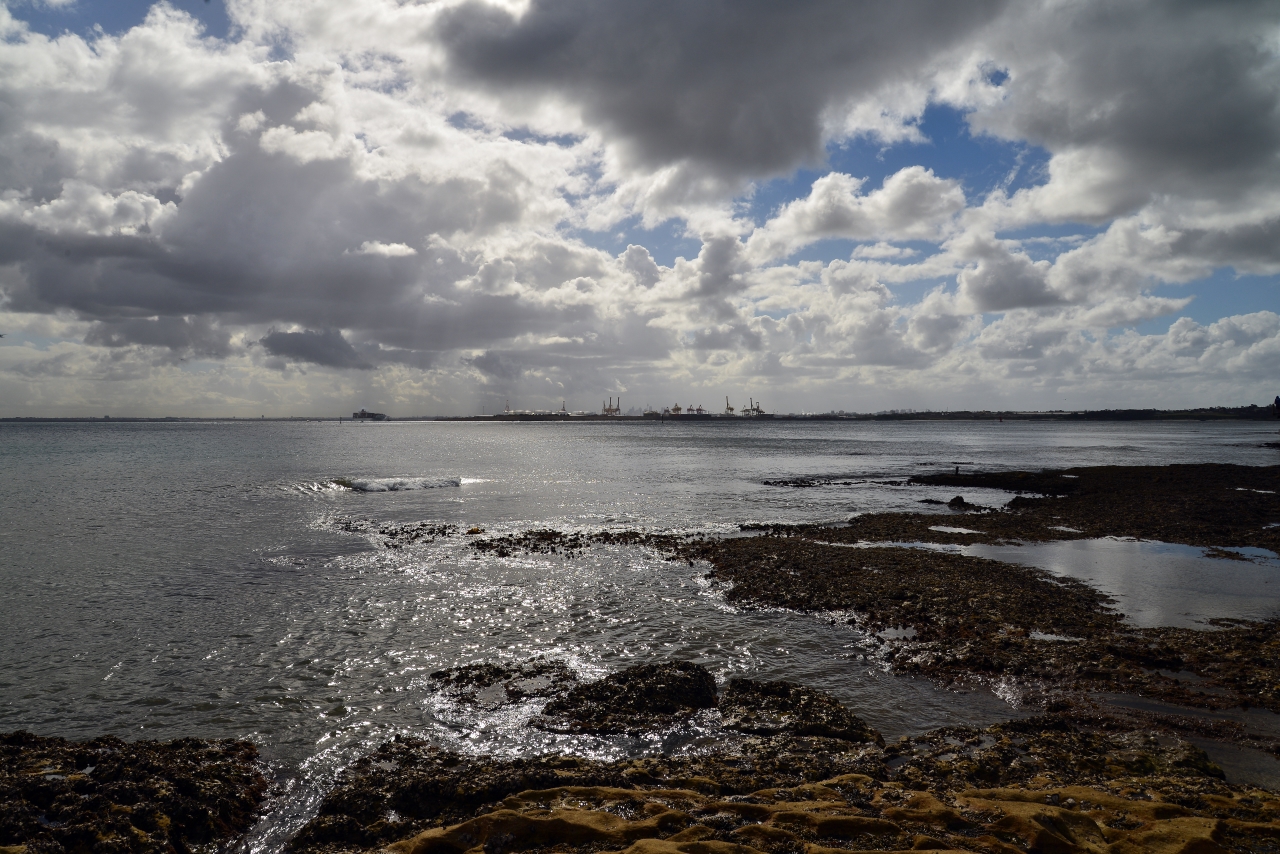
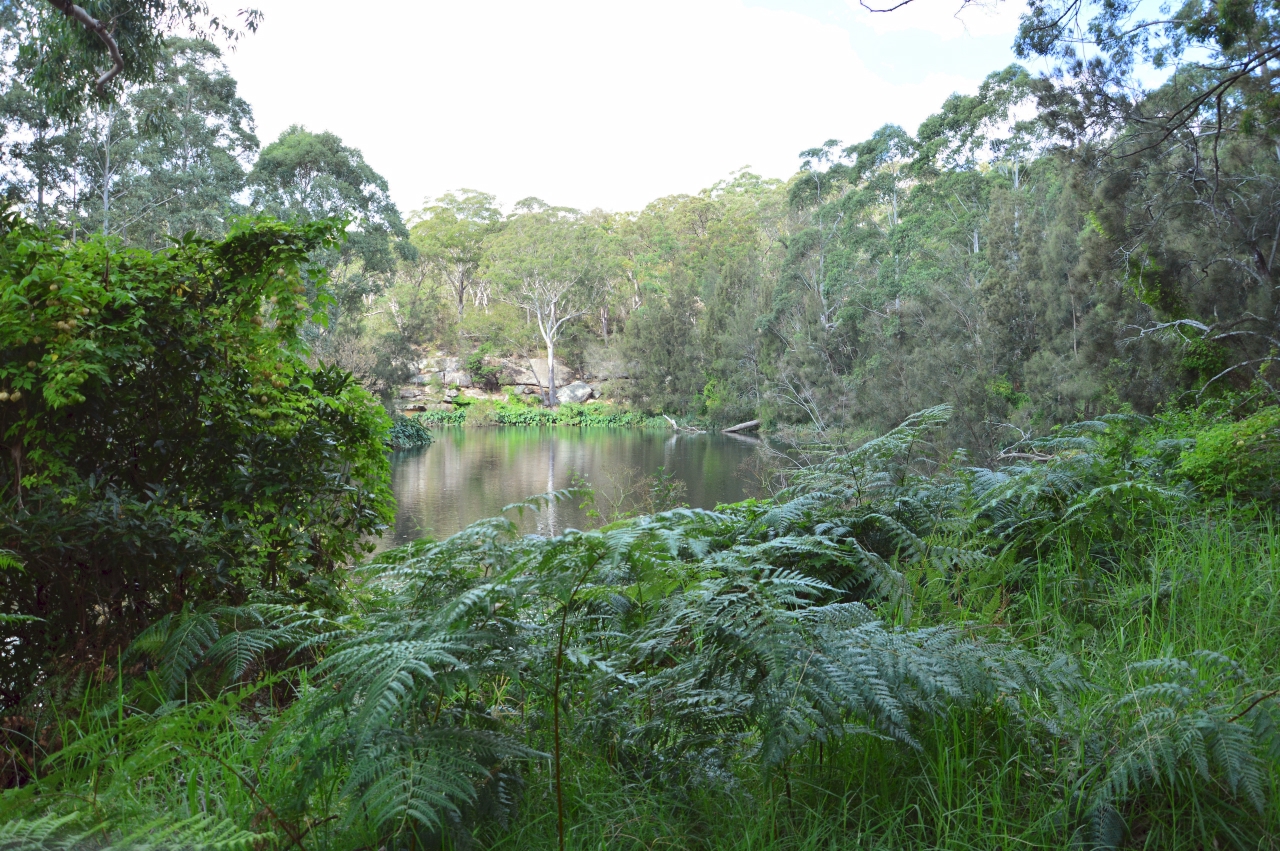
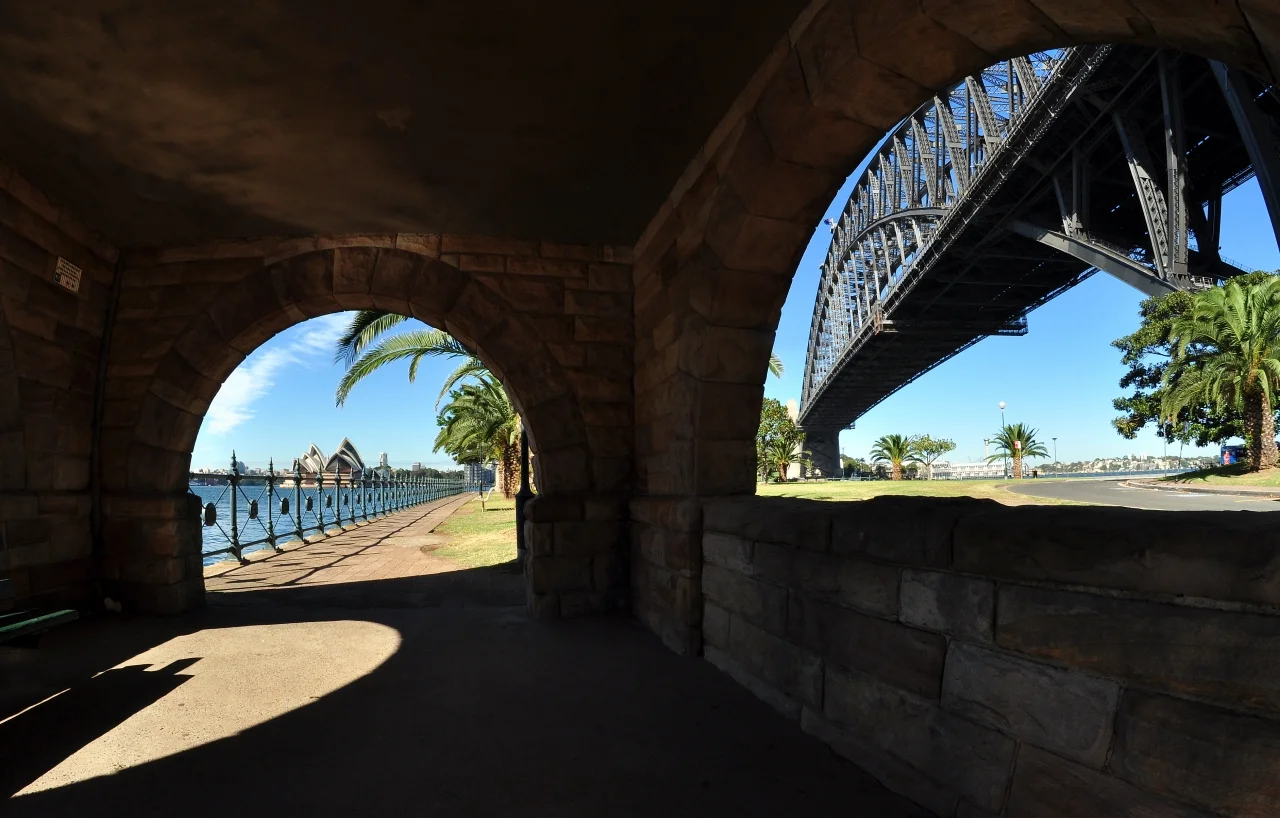
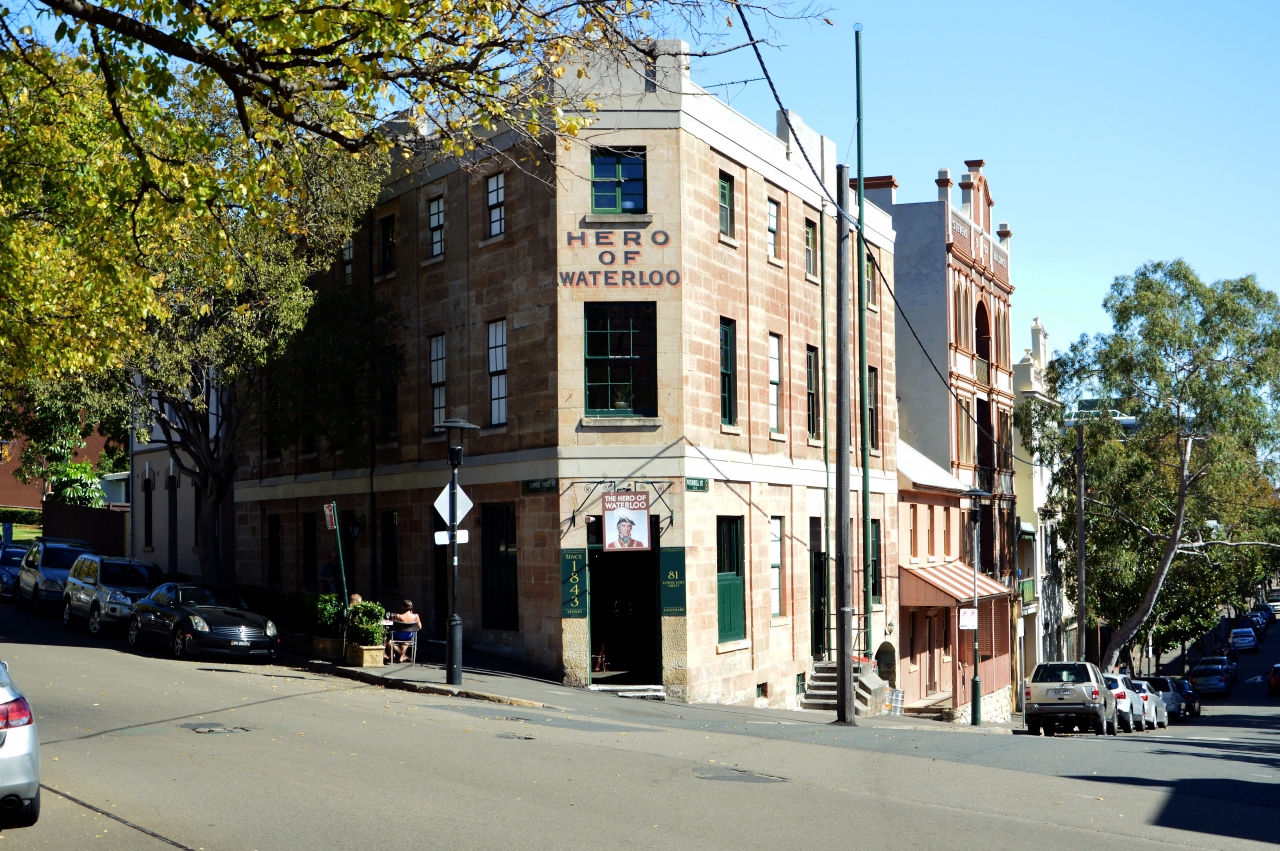


Extinct Animals And The Many Impacts Of Reintroducing - EcoReef.co
[…] The Thylacine & A Return To Tasmania The thylacine, a unique marsupial predator, was driven to extinction in the early 20th century due to hunting and habitat loss. Scientists are now exploring the possibility of reviving this iconic species. But what would the reintroduction of the thylacine mean for Tasmania’s environment? […]